How real is the threat of a collapse of civilization?
Multiple crises need to be viewed as a systemic whole. The FAN offers emerging powerful narratives systematically explaining these to the world.

As our biospheric life-support systems deteriorate our social systems fail.
Once social systems (civilization) fail, we face dystopian futures.
Climate disruption is driving millions into refugee status now; seldom a month goes by without multiple record setting storms, hurricanes, fires, heat waves, arctic freeze. Democracy itself is at risk. The COVID-19 pandemic was a global event and the response was fractured rather than coordinated. Democracy is threatened around the world. Inequities are increasing. Biophysical and social systems are failing humanity.
We need to halt the trend and redirect society before the momentum overcomes options.

Understanding Collapse
Exploring some of the key ideas surrounding collapse.

The Tragedy of the Sapient
We can see and understand it but there is not much we can do save prepare the airbags.

Growth Leads to Collapse?
The system’s future competes with its present and past.

System Perspective
A perspective that can accommodate the integrated and dynamic nature of civilization.

Locked In
We observe not a series of problems and solutions, but rather a lock-in to a complex web of conditions that are being progressively undermined.

Our Challenge Today
A brief rundown on the mix of threats we face.
Central Issues
These are the major issues of concern today. We use the metaphor of a fan to understand the issues in the system perspective context. The different blades of the fan stand for different parts of the global system that can conceptually be separated from others. However, each of these blades interacts with some or even many other blades amplifying change and destruction.
Each blade may be seen as a sub-system of the global technical-economic-political-environmental system, and within the global system they are mutually dependent, often in feedback loops and multi-causal effects of several blades on a given blade.
In several cases, these interactions between the blades accelerate and intensify the critical developments in the individual blades and also in the global overall system. Therefore, the blades need to be seen and investigated in combination although it is convenient to separate them and address them in different scientific “silos”. Understanding and responding to individual blades needs to be informed by the whole.
Toxification
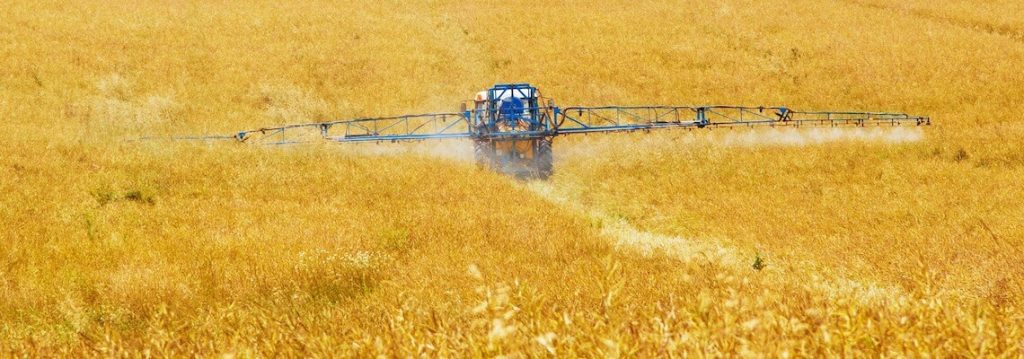
Several tens of thousands of synthetic chemicals are on the market, including pesticides, pharmaceuticals, flame retardants, plastic softeners, impregnation agents and many more.
Synthetic chemicals released from human activities are present in the environment all over the world, including the bottom of the Mariana Trench, and in the bodies of every human being on earth. They cause a wide range of impacts such as neurotoxic effects, allergies, cancer, immunosuppression, and they interfere with the hormonal signaling system of the body. Toxic effects of chemicals also contribute to marked declines of many bird and insect populations. Because many chemicals are degraded only slowly in the environment, the toxification of the environment is long-lasting and in some cases irreversible.
Soils

The amount of the world’s fertile soils is decreasing at about 1% per year. Some of these losses are caused by direct conversion of arable land into sealed areas where the soil is removed or covered by roads, buildings and other infrastructure. Additional factors are soil erosion by wind and water, desertification because of groundwater depletion and increasing soil salinity, and loss of soil fertility by overharvesting. As a result of these processes, it will be increasingly difficult – and at some point impossible – to grow enough food for the world’s growing population. This point may be as close as 50 years from today.
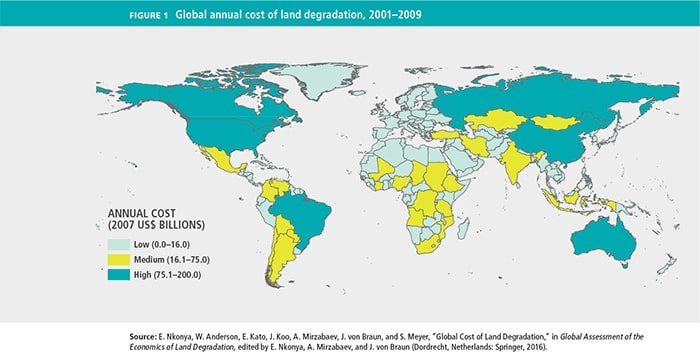
Population
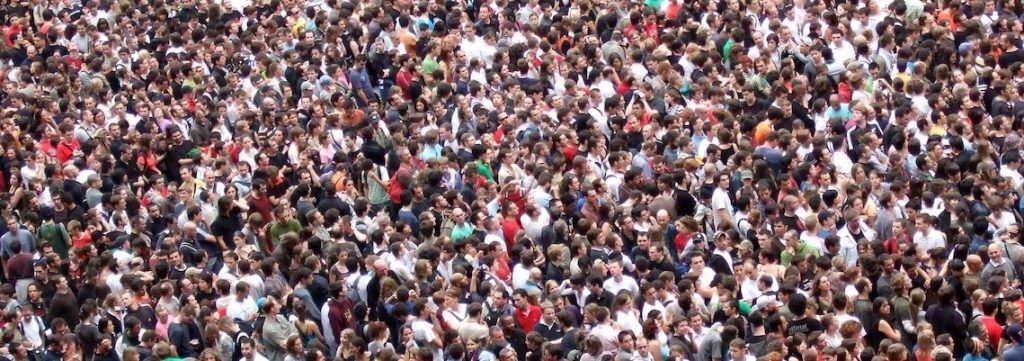
The global population of humans, which has reached 7.9 billion in 2021, is still growing and may reach 9.8 billion in 2050. Globally, the growth rate is decreasing, but in some regions of the world, in particular in some regions of Africa and South-East Asia, strong population growth is still expected. Increasing human population leads to increasing environmental pressure and social and political instability, in particular in combination with increasing per-capita resource consumption. In combination with the impacts of climate change on agriculture, it is one of the gravest fundamental concerns.
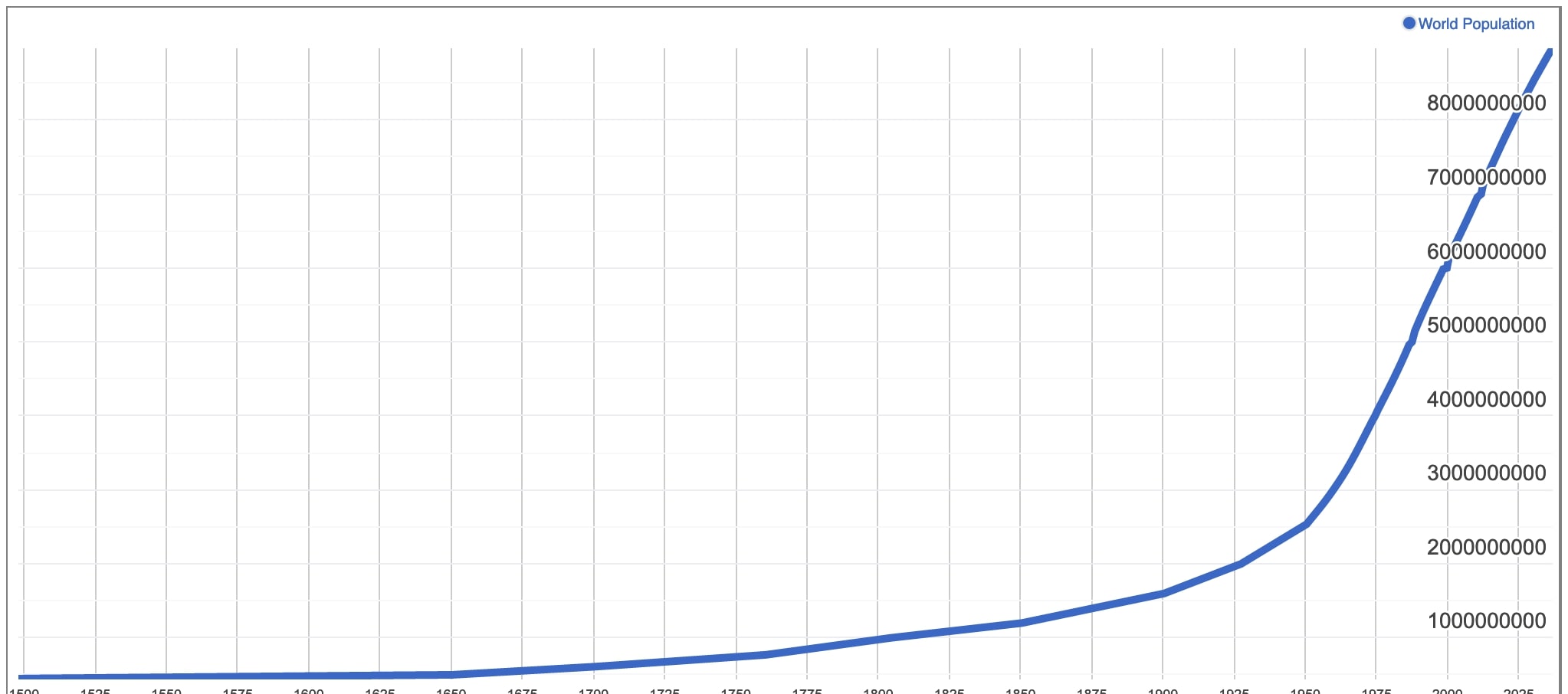
Oceans
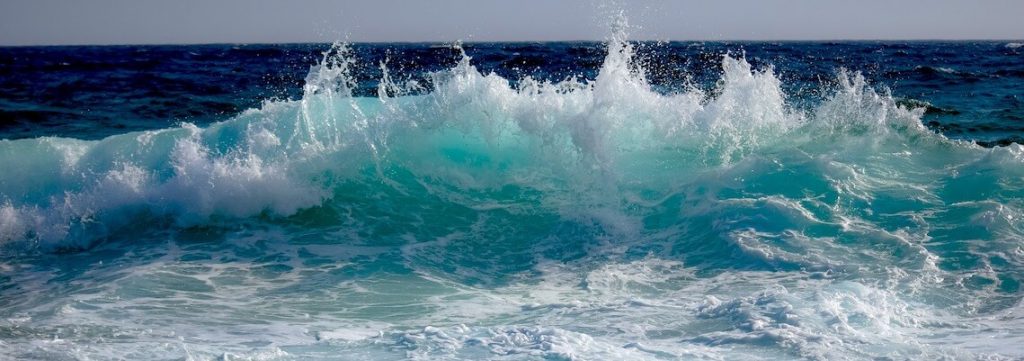
The world’s oceans are impacted in many different ways by human activities. This includes acidification by CO2 taken up from the atmosphere; increasing water temperature, which causes, for example, bleaching of coral reefs; loss of oxygen causing so-called “dead zones”; accumulation of huge amounts of waste plastic, pollution by synthetic chemicals, and overfishing. In their combination, these impacts cause a high level of stress on the vast ocean ecosystems.
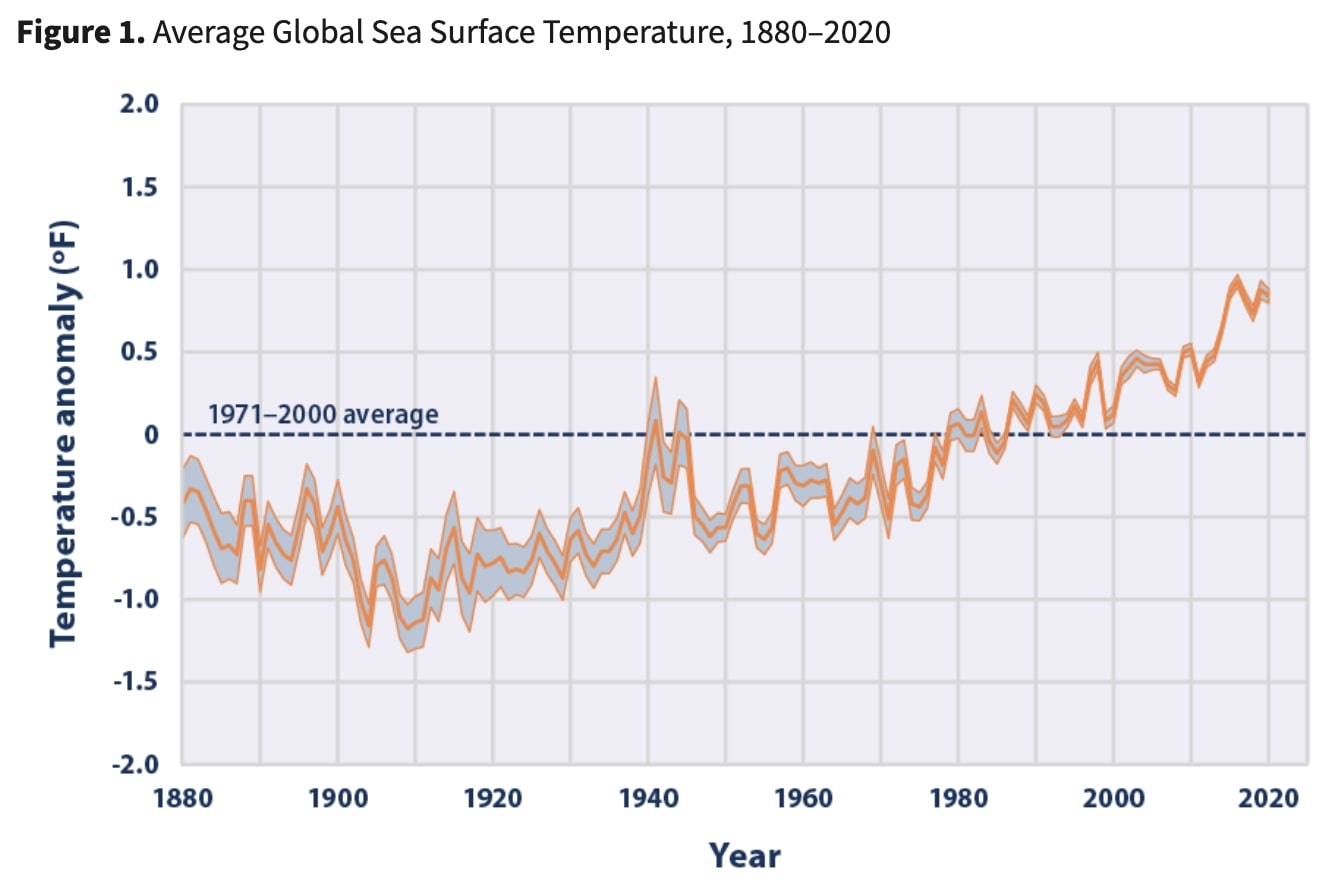
Health

While health status has generally improved worldwide since 1960, in the last two decades, there has been a steady increase in the occurrence of non-communicable diseases as infectious diseases become controlled and populations grow older. This includes, for example, diabetes and obesity; certain types of cancer such as breast and testicular cancer; cardiovascular diseases; and asthma and allergies. The presence of synthetic chemicals in the human body, in particular so-called endocrine disrupting chemicals, may be one of the factors that trigger these diseases. Another factor is air pollution, both ambient and in households from use of traditional fuels, which is a cause of respiratory and cardiovascular diseases and substantially increased mortality in many regions of the world. In addition, in regions experiencing climate warming and stronger heat waves, people suffer increasingly from heat-induced stress. Another impact on human health is the spreading of vector-borne diseases such as dengue fever, malaria, and tick-borne diseases. Population growth, extensive global transport and travel as well as close interaction with animals carrying new diseases increase the risk of impacts from widespread flu and other pandemics.

Governance

In many countries, there are growing tendencies to dismiss the contributions to political stability and good governance that are brought about by democratic institutions and the fundamental concept of division of powers. This is in connection with increasing support of “strong leaders” and the hope that such leaders will be able to solve the looming problems, be it political, economic or social problems. Effects that are increasingly visible are cutbacks on civil rights such as the freedom of speech and expanding surveillance of citizens, for example by video observation, face recognition, and tracking of internet activities. Given the increasing severity and magnitude of many of the current problems and their dangerous interactions, these trends toward “simplified” governance relying on top-down control and concentration of power actually decrease the problem-solving capacities of countries.
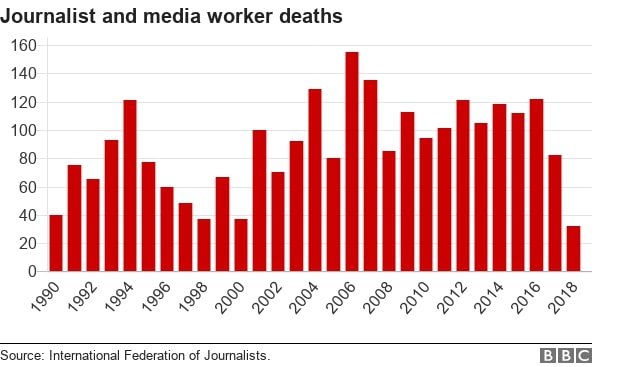
Freshwater
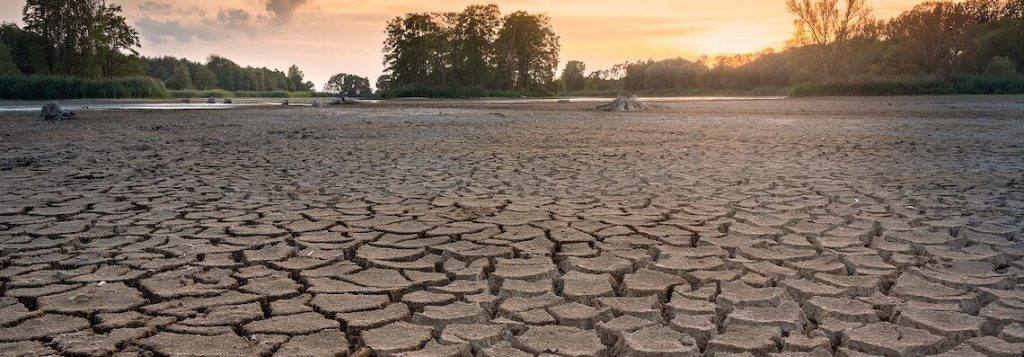
In many areas of the world, in particular in the mid-latitudes, groundwater is depleted and freshwater reservoirs are shrinking because of water use for agriculture, but also because of decreasing rainfalls and stronger water evaporation as a consequence of climate change. Water evaporation is also increased by large dams. A drastic example of freshwater loss is the Aral Sea, which was one of the largest lakes in the world, but lost more than 90% of its initial size from the 1960s to 2000. Freshwater loss is an increasing and serious threat for agriculture and drinking water supplies for millions of people.
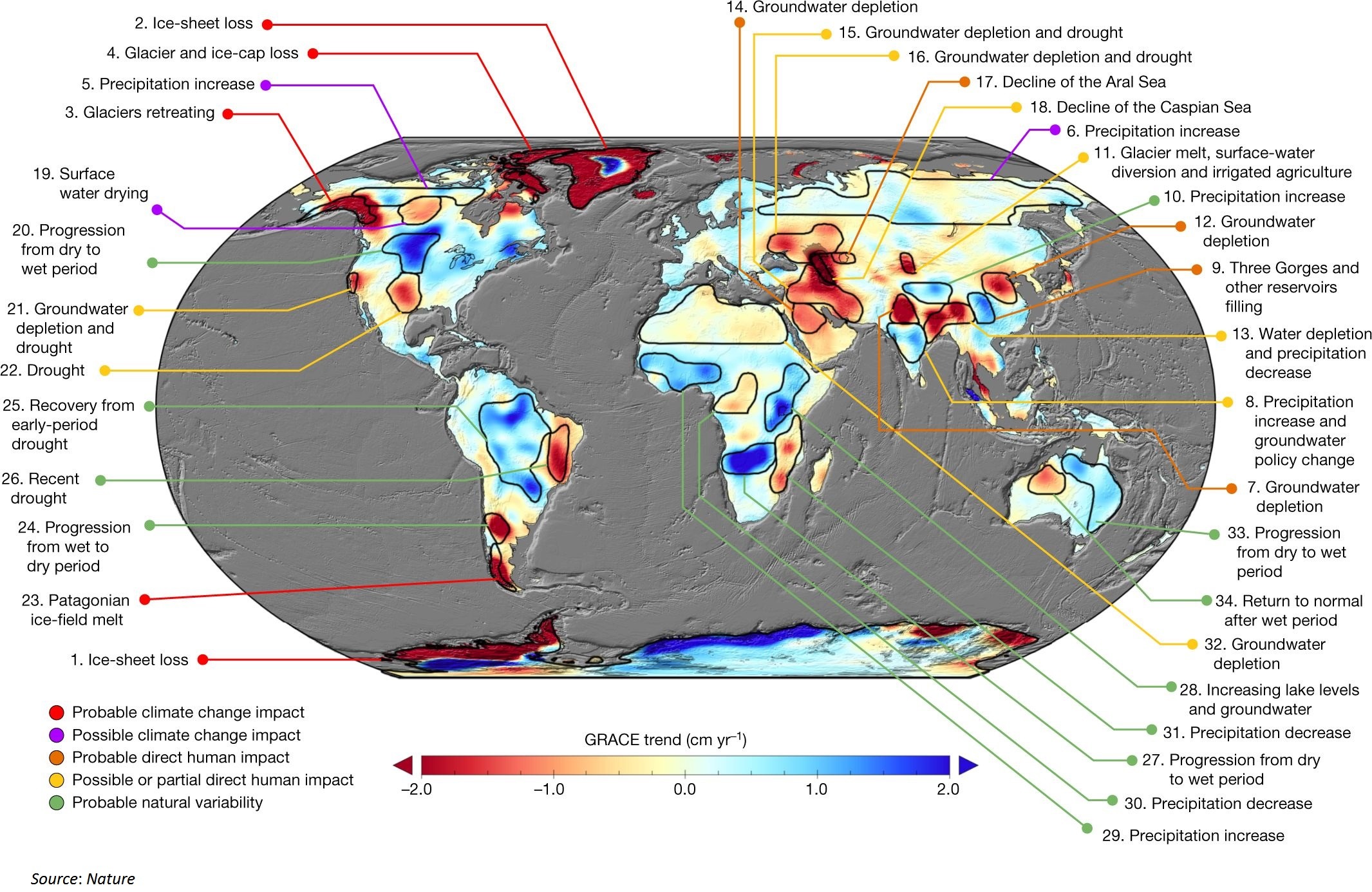
Energy
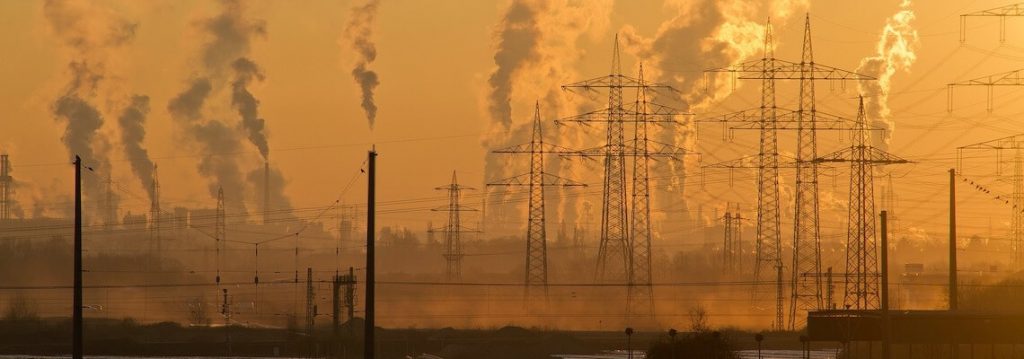
Strong – and ongoing – increase in fossil fuel consumption. Fossil fuels still represent by far the largest source of energy used by human activities. Energy from renewable sources (solar, wind) is added to the total amount consumed, but does not, at least not yet, replace energy from fossil fuels. Forecasts indicate that the demand for fossil fuels may further increase over the next years or even decades. The growth in energy consumption per capita has been strongly linked with growth of the gross domestic product and the current economic system strongly relies on the availability of virtually unlimited and cheap energy.
Economy

All national economies strongly rely on continuous growth of the gross domestic product, GDP. GDP growth is generally seen as a panacea to nearly all economic, social and environmental problems modern states are facing, see for example:
Economic growth is the most powerful instrument for reducing poverty and improving the quality of life in developing countries. Both cross-country research and country case studies provide overwhelming evidence that rapid and sustained growth is critical to making faster progress towards the Millennium Development Goals – and not just the first goal of halving the global proportion of people living on less than $1 a day. Growth can generate virtuous circles of prosperity and opportunity. Strong growth and employment opportunities improve incentives for parents to invest in their children’s education by sending them to school. This may lead to the emergence of a strong and growing group of entrepreneurs, which should generate pressure for improved governance. Strong economic growth therefore advances human development, which, in turn, promotes economic growth.
However, often this focus on GDP growth even exacerbates the problems that it is intended to solve.

Climate

Strong – and ongoing – increase in atmospheric concentrations of greenhouse gases such as carbon dioxide, methane, and nitrous oxide. Greenhouse gases “trap” heat that would otherwise leave the Earth by radiation.
This has led to rapid increases in global air and water temperatures, which, in turn, causes glaciers and polar ice caps to melt, raises sea levels, and alters weather patterns globally. Consequences are more frequent and longer droughts and heat waves, stronger downpours, and large-scale changes in species habitats. This also directly impacts the productivity of modern agriculture.
Carbon dioxide is released from burning fossil fuels in power plants and engines, methane is, e.g., released from natural gas production and agriculture.
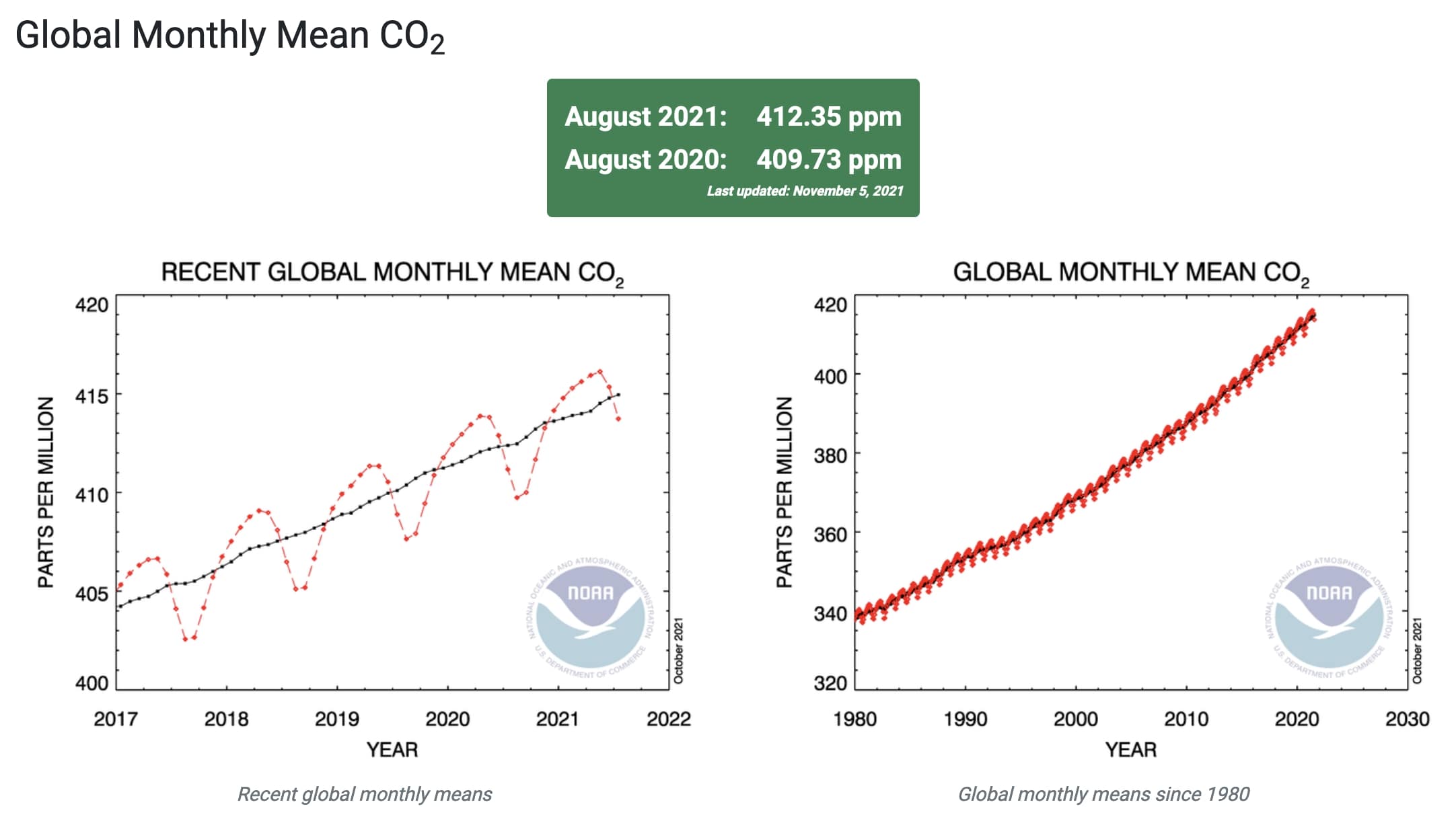
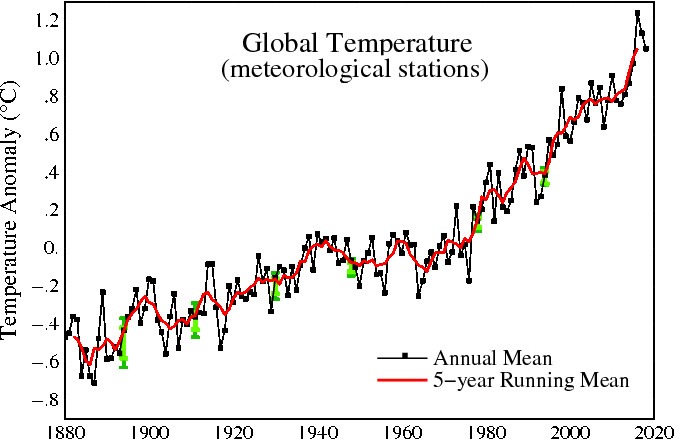
Biodiversity

Human activities massively contribute to the extinction of species worldwide. The rate of species extinction is currently 1000 times higher (or even more) than the natural background, i.e. the rate at which species die out by natural processes. Endangered species include many forms of wildlife, such as orangutans or blue whales, but also agricultural plants. The most important factors contributing to the extinction of species include habitat loss, pollution, climate change, over-exploitation, and invasive alien species. Species extinction is irreversible.
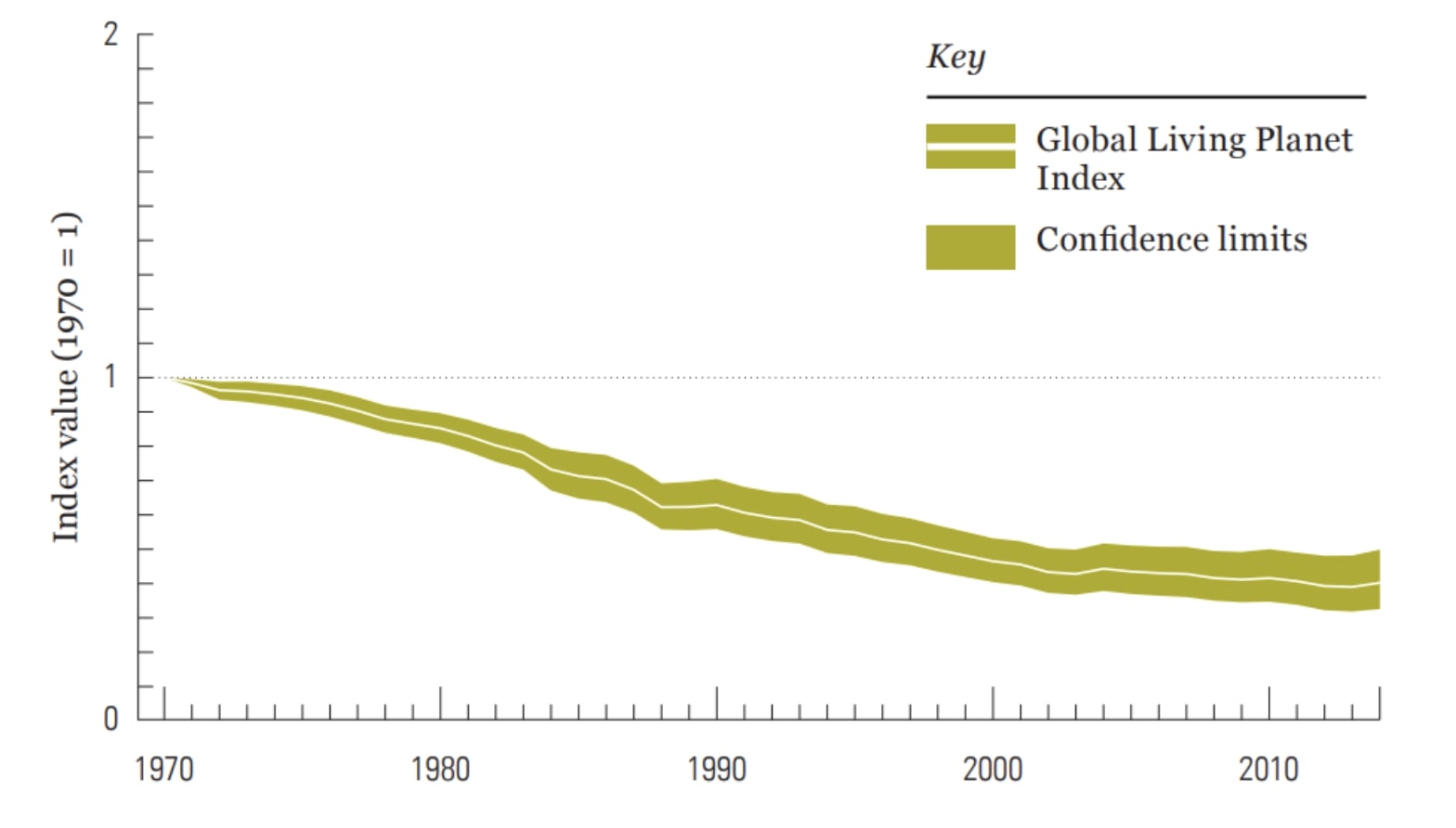
Behavior

Many typical ways of human behavior originate from much earlier times in human history when populations were much smaller and their environment was stable or changing only slowly. Humans often focus on immediate needs and desires and threats, tend to lapse into group-thinking, and are not good at long-term planning and dealing with exceptional and unexpected events (“black swans”). This makes it difficult for many people and institutions to develop an adequate understanding of the nature, the causes, and the size of the current problems and to translate this understanding into effective action. Because the kind of action that is needed would imply that many established patterns of leading one’s life, doing business and consuming goods and services would have to be abandoned, the problems appear intractable to many.